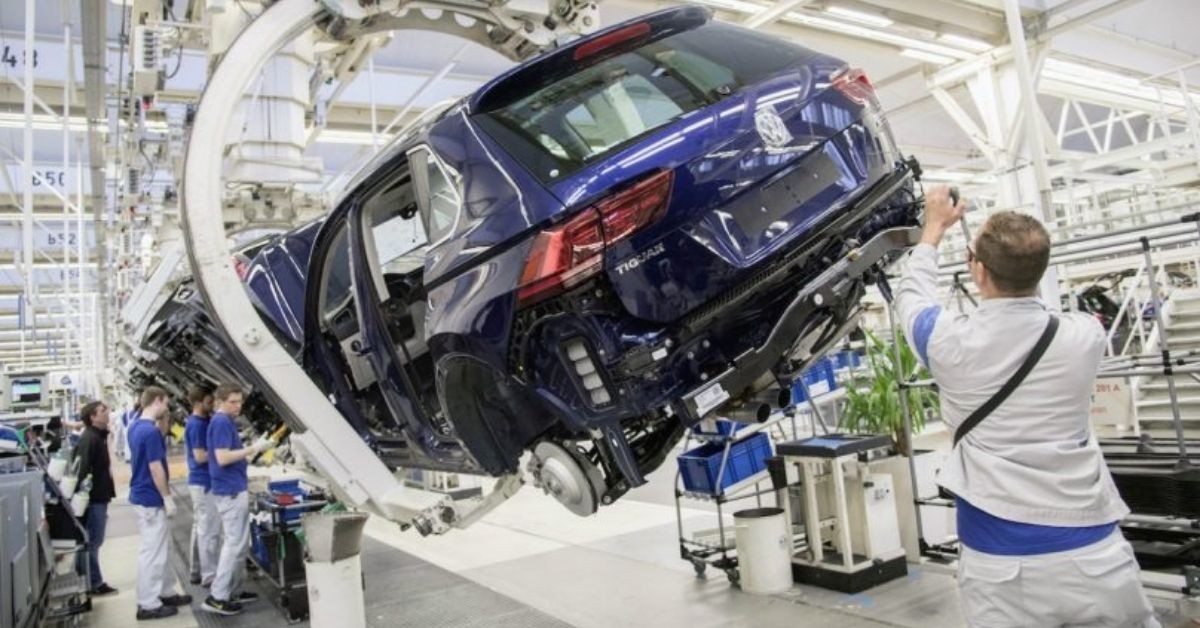Imports from China grew 72% in H1 of current fiscal
China continues to be largest source of automotive parts imports for the Indian automotive industry with shipments in the first half of the fiscal at $2,378 million, up 72 per cent over $1,378 million in the corresponding period of last year.
In the first half of the last fiscal, automotive parts imports were down 36 per cent over $2,160 million in the same period of the previous year.
According to the latest report by the Automotive Component Manufacturers Association of India (ACMA), components such as engine parts, drive transmission and steering, electricals and electronics were some of the major items shipped from China, which accounted for 27 per cent of the imports.
Top import destinations
The other top countries were Germany (12 per cent), South Korea (11 per cent), Japan (9 per cent) and the US (7 per cent).
Sourcing of chips
“As far as semiconductors go, we’ll source them from wherever we can get them…it’s the need of the hour. I don’t think we’re going to be picky in terms of where we choose to source them from. And, original equipment manufacturers (OEMs) are predominantly the ones that source semiconductors. I would imagine that with the demand that exists and supplies become a choke point, we would source them from wherever we can get them from,” Sunjay Kapur, President, ACMA, told BusinessLine.
He said semiconductor is separate from other imports and depends on who the vendor is, and it could come from Taiwan, South Korea, Europe, Japan or even from the US.One cannot change the vendor suddenly because the applications are built around them.
Kapur said India’s dependency on China will come down in the next few years.
Focus on localisation
“We have worked on a study with SIAM (Society of Indian Automobile Manufacturers) and a roadmap for localisation in five-seven years’ time. We believe that 15-20 per cent of what we import, would be localised,” he said.
A lot of localisation efforts are already happening and programmes like the production linked incentive (PLI) schemes for auto and auto components will create paths for the value chain that does not exist or are weak right now.
“The impact of the PLI, which will happen maybe in a year’s time, will probably make some difference. But again, it’s for advanced technologies, not for traditional components,” Kapur added.
Source: Business Line






